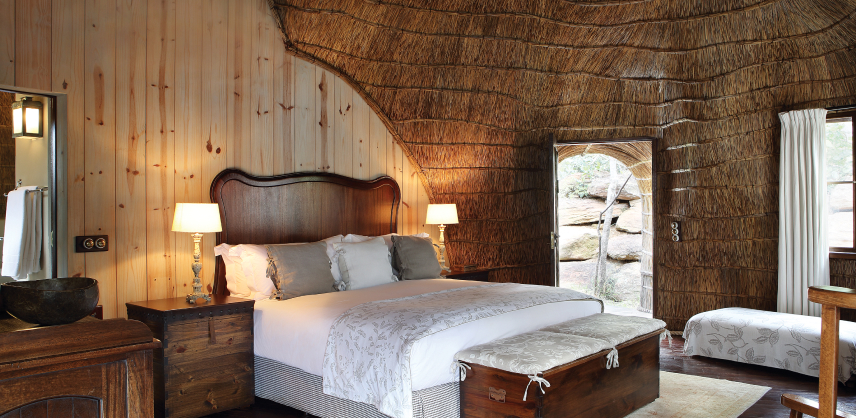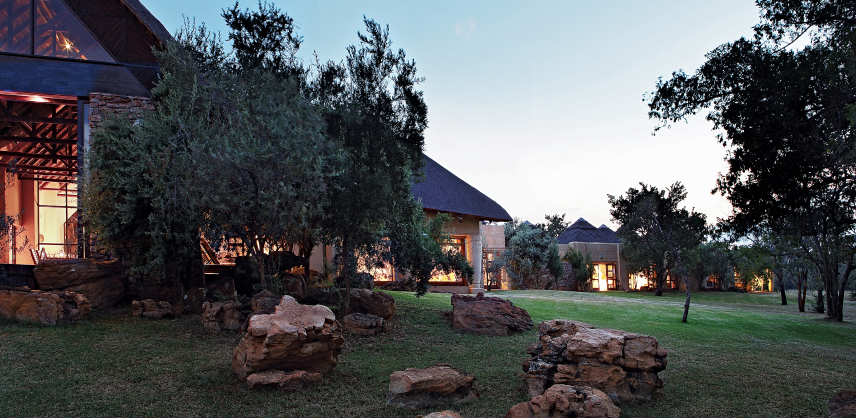Book directly with ease.
Going on safari is quite an unique excitement, and on each drive the excitement comes from something different. On one such occasion, we had already had the privilege of seeing some of the bigger animals like Elephants, Buffalo, Giraffe, as well as being fortunate enough to have seen a pride of Lions. But on this drive these were not the animals that caused all of the excitement, instead it was a rather handsome animal. It was early morning and we had just finished examining some tracks we had found on the road in front of the vehicle, belonging to a rather large cat. After our interpretation of the feline tracks we continued down the road, everyone was now sitting in focus and anticipation, hoping to spot the animal we had found evidence of. As we came around a bend, we entered an open grass plains area. I had noticed the track had gone cold, and as I informed those sitting behind me, one exclaimed; "Wow! What's that!?". It was an animal a bit far off in the distance, but because of the open area one could easily make out that something, rather horse like, was there. We went closer for a better view and with that came a comment from a lady behind me saying "Oh my, so Handsome", and indeed it was a handsome animal. The animal receiving these complements was a Gemsbok, also known as the South African oryx, an elegant, large antelope with striking appearance. A Gemsbok has straight, rapier-like horns that can reach up to 120cm in length. Interestingly enough these horns are longer and narrower in the female. As beautiful as we found this animal to be, it obviously didn't find us as appealing, because it went from standing still and staring at us on approach to running in a zig-zag to get away, with the dust still standing in the air as the small harem suddenly turned to see if we were following. We watched them from the point we had stopped in the open clearing, as I knew that going closer would only scare them and they would then continue to run. They stood about 30 meters away from us, staring with their striking black and white facial markings and bodies with a defined pattern of black markings that contrast with the white face and fawn-coloured body. These antelope, with their muscular compact bodies, use their horns in territorial combat and as lethal weapons against predators. Gemsbok can kill Lions while defending themselves. These are extremely interesting animals with phenomenal adaptations for surviving harsh, dry conditions. When deprived of water the South African oryx uses quite a few measures to minimise its water needs, most notably it allows its body temperature to rise from the regular 35.7ºC to 45ºC. In relation to this it then uses evaporative cooling by nasal panting and sweating. This animal also concentrates its urine and absorbs all possible moisture. Gemsbok feeds mainly on nutritious leaves, grasses and herbs. During the dry season they feed on flowers and will also browse for food. In very arid areas, to supplement water requirements Gemsbok would dig for succulent plants and have been seen eating melons of plants. It was then that we not only admired this animal for its striking appearance, but also for its amazing survival capabilities and bravery in being able to fend off a predator as large as a Lion. After our gazing competition had ended, between us and the oryx, we continued on our drive in search of something equally as "Handsome". Ranger Sean Jones Shambala Private Game Reserve



